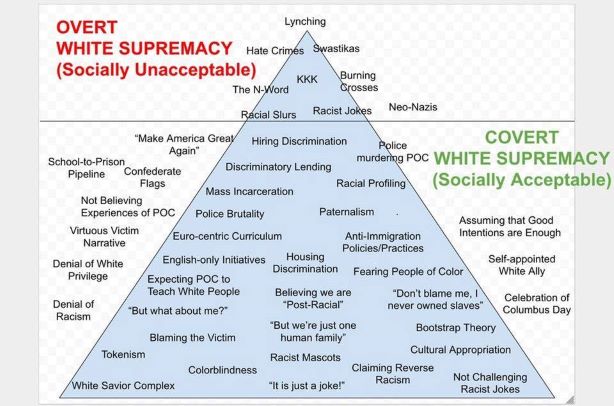Lesson 1
This first lesson will focus on the Declaration of Independence and the Constitution of the United States. Looking closely at these document can reveal some of the motivations that the Founding Fathers had for the American Revolution and their vision of the new settler colonial nation.
LISTEN:
READ:
The Shameful Final Grievance of the Declaration of Independence
Jefferson’s Deleted Passage about Slavery

WATCH:
Discussion Questions
- How does the category of White start to develop during the Colonial period?
- Think about the characteristics of the “Secular Man” and the “Rational Man” how do they show up in the Declaration of Independence and the Constitution?
- These documents are often held up as examples of Enlightenment thinking about equality. Do you agree? Why or why not?
- In what ways could these documents have been changed to be more inclusive? How would the United States have been different if they had been more inclusive?
- What do you think about Thomas Jefferson’s deleted passage about slavery? Does it seem sincere? What do you make of the fact that he did not free most of the enslaved people that he owned, including his own children?
Lesson 2
This lesson will focus on how ideas about Whiteness have evolved since the 18th Century. Students will learn about how the category of Whiteness has expanded to accommodate immigrants as they assimilated into American society. This lesson challenges students to think about what it means to White and to analyze how that category is privileged in the United States.
LISTEN:
WATCH:
READ:
White Privilege: Unpacking the Invisible Knapsack by Peggy McIntosh
VISIT:
This website has interviews with White people and their views on race. There are two series on the site, one with white collar workers in Buffalo, NY, and the other with Millenials in Dallas, TX. Click on the photos to hear the interviews.
Optional: Below is an interview with the creator of the project, Whitney Dow.
Discussion Questions
- How has the category of “White” evolved over time? Make a timeline together as a class.
- What does it mean to be White? Is it just about race? Or is it also about power? If so, how does that power show up?
- How is White privilege codified/maintained in the USA? How does it show up in the law? Housing? Education? Media?
- Why do you think so many White people have a difficult time talking about race?
- How accurate do you think the White Privilege Knapsack is from Peggy McIntosh? What would you change? Why?
Lesson 3
For this final lesson on White supremacy, students will learn explore the relationship between White supremacy and violence. The second half of the lesson will offer a chance to reflect on what it means to challenge White supremacy and provides anti-racist resources for any students interested in exploring this issue on their own.

LISTEN:
READ:
WATCH:
Discussion Questions:
- How would you describe the relationship between White supremacy and violence?
- Based on your own experience, what are some examples of covert or overt White supremacy you may have seen?
- With the end of the Trump administration, do you think that racist attacks against non-white people will decrease?
READ:
10 ways white supremacy wounds white people: A tale of mutuality
LISTEN:
WATCH:
If you are interested in exploring this topic on your own, you can find more anti-racist resources here.
Discussion Questions:
- Take into consideration everything that has been covered over these past lessons. What would it take to dismantle the system of White supremacy?
- What should be the role of White people in addressing the harm done to others by White supremacy? How can White people challenge White culture?
- Are there ways that Black, Indigenous, and People of Color (BIPOC)can perpetuate White supremacy? What does that look like? How can BIPOC challenge White culture and White supremacy?